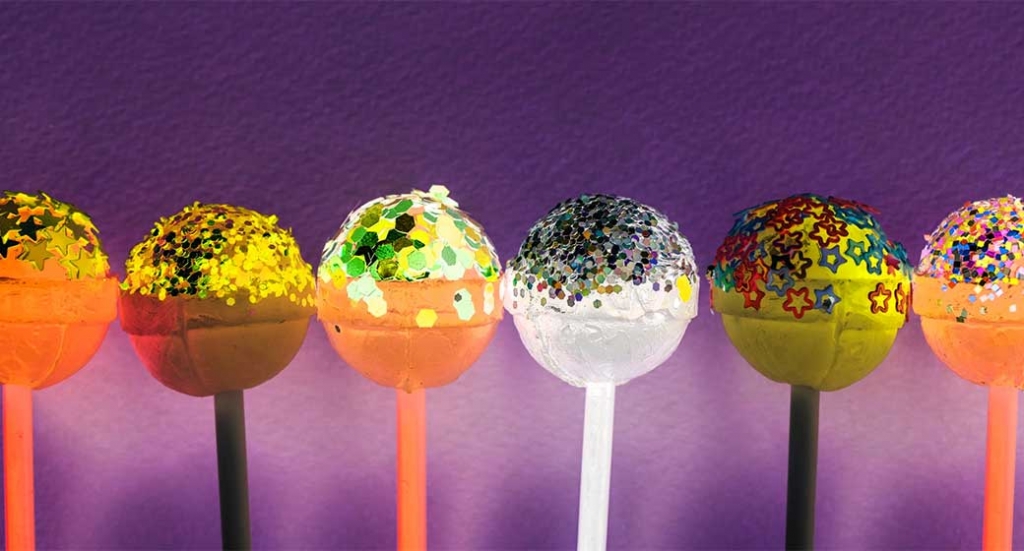May all your holiday baking projects be merry and bright! But just be sure you are using glitter that is actually edible.
This might seem like a ridiculously dumb thing to have to point out, but there is actually a good reason to remind folks of this fact. You see, some glitter-type products are marketed as “non-toxic.” Now, “non-toxic” means that it is technically safe to ingest.
BUT…
That does NOT mean that it is food! There is a big difference between “edible” and “non-toxic.”
Science website ScienceAlert.com points out that some glitter products marketing as non-toxic actually contain micro-plastics. They go so far as to say that “what you’re buying is no more edible than pieces of a plastic water bottle.”
The FDA is so concerned about the issue that they but out a formal statement accompanied by a professionally produced video on the topic.
So how can you tell if your glitter product is edible? It’s actually pretty simple. Does the product label include an ingredients list? If so, it’s most likely considered food and is, therefore, edible.
According to the FDA, common ingredients in edible glitter or dust include sugar, acacia (gum arabic), maltodextrin, cornstarch, and color additives specifically approved for food use, including mica-based pearlescent pigments and FD&C colors such as FD&C Blue No. 1.
If your glitter product says “non-toxic” or “for decorative purposes only” then it probably isn’t food and should not be used on items that will be consumed.
Now if you are just making things for Instagram posts, then knock yourself out. But if you want to make sparkly treats that you can also eat, be sure the packaging says “edible.”
Check out the FDA’s video on the topic for more info:



